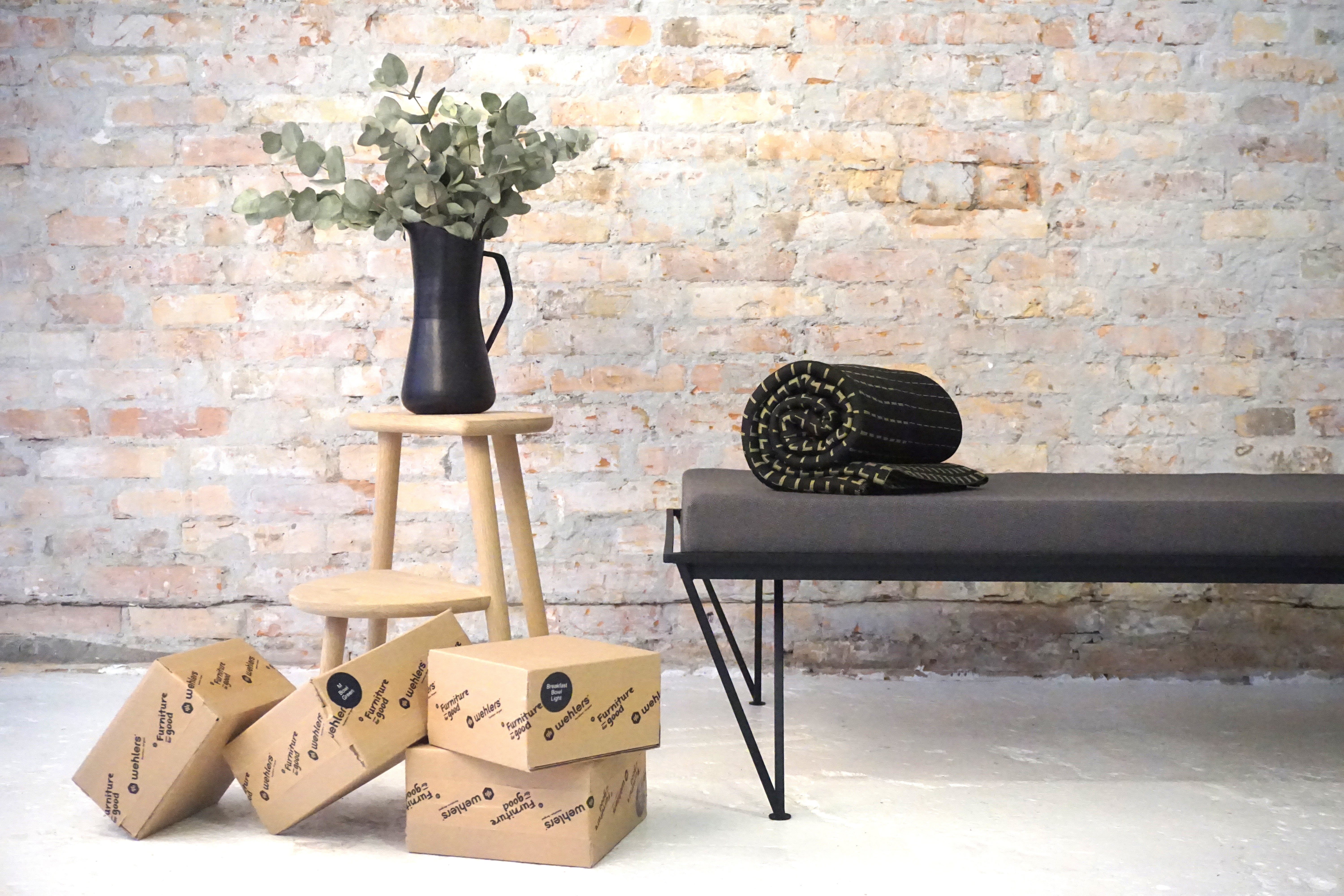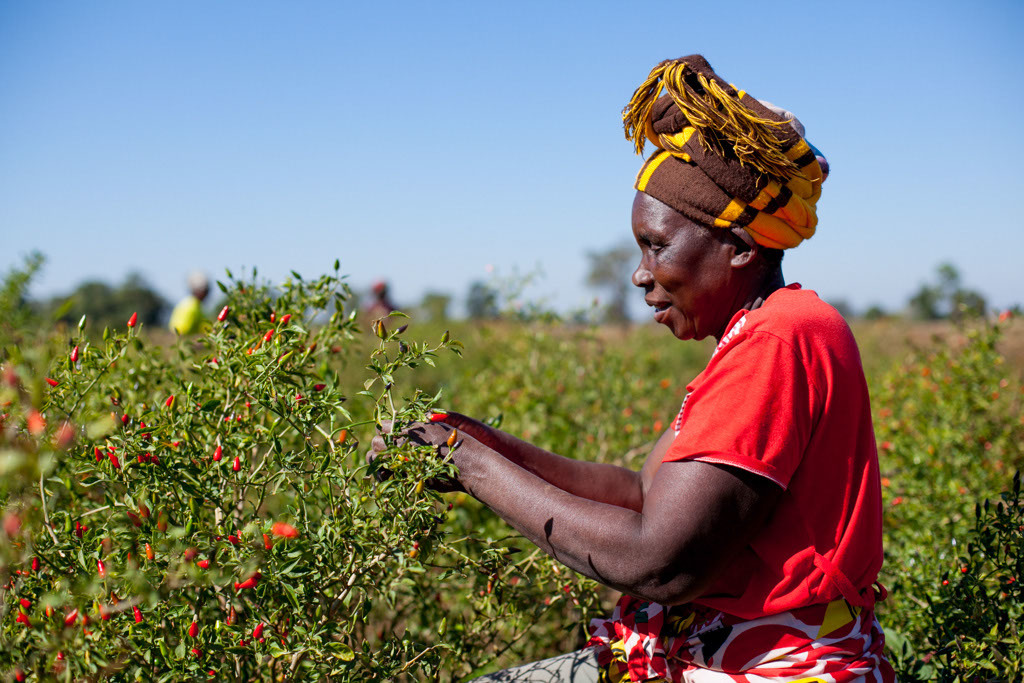With the belief that the world does not need more designed furniture but more options for conscious consumption, Henrik Holm and Maria Fryd Wehler founded Wehlers. Wehlers is the first B Corp Certified company in Danish furniture industry. We talked to Henrik Holm about Wehler’s commitment to offering sustainable furniture to the conscious consumer without compromising design and quality.
Q.What makes Wehlers different?
Our products like the metal outdoor stools are made out of a high content of recycled materials. We work with local suppliers and we commit to finding recycled materials to be used in our production in order to make a new furniture. It is important that the furniture is new and perceived new by the users. We strongly believe that when we as a company works toward sustainability, we still need to also build a beautiful and a well-functioning piece of furniture. When we design our product, we make sure that the design allows the item to be recycled at the end of its lifecycle. This means when we choose our material and the combination of our material, we have to understand that one day that these materials will come back to us. This is our way of doing sustainable practice, by monitoring and facilitating circular economy.
As for the circular economy, it starts with the design as I’ve previously explained, we then try to source the materials locally, and finally, we will manufacture our item by using as many recycled items as possible. When we go to market, we incentify the retailer to accept back our items by giving them better pricing on our furniture. Once the end user comes back with an item, we offer a discount jointly with the retailer for the purchase of a new furniture that you can combine with a nice and modern wall clock.
So we basically monitor full life cycle and full supply chain of making furniture, from design phase to the return of the item.
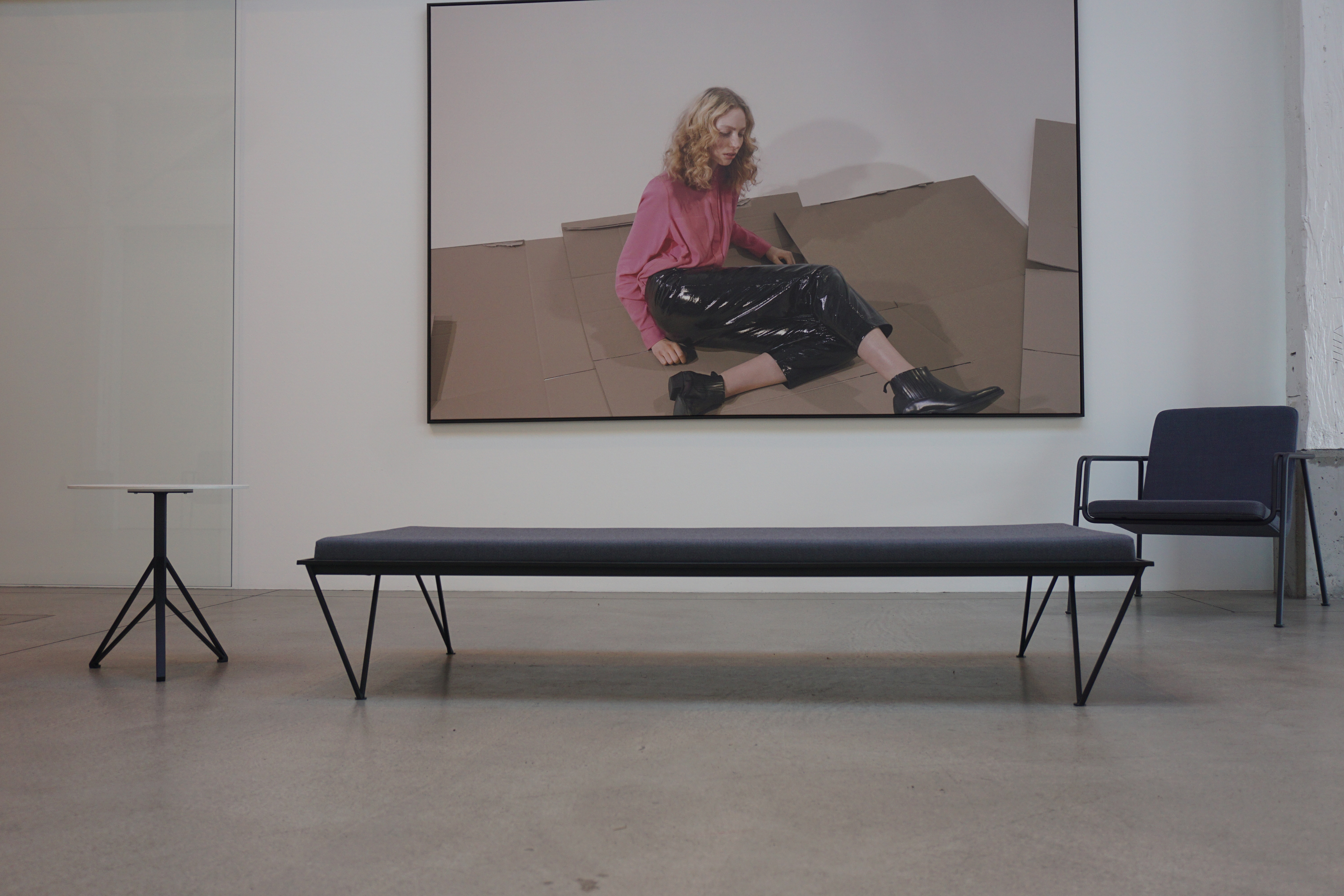 In the photo: Daybed “Obvious” and lounge chair “New Best Friend” Credit: Wehlers
In the photo: Daybed “Obvious” and lounge chair “New Best Friend” Credit: Wehlers
Q. Do you make your furniture out of 100% recycled material?
We use iron or steel which is one of the most recycled materials in the world and it does not degrade during recycling, to find more designs, visit this website. And then we use foam to create the seating and it is almost completely made out of recycled foam when we get them. However, we also use a layer of new foam on the top in order to get the right level of quality and sitting comfort. But all the foam that we bring out to the world is accepted back to make new foam. The same thing goes with the textile. The textile suppliers provide new textile to make the furniture looks completely new. When we take the textile, it will be used to make solid textile boards. Out of those boards, we are able to make some tables and bookcases.
Q. Does Wehlers do all the recycling process?
We work with the supplier in the recycling process. We talk to the supplier before we engage with them. We make sure that they know that we will bring back the material that they deliver. So that closes the loop for us. When we go to market, we incentivize the customer to bring back our products in order to make sure that the resources are kept in this loop. And for the retailer, what they really need is to have more people in their retail store, our financial incentive drives more people to come to the store in order to bring their an old furniture and buy a new one.
Q. You’ve been working in the furniture industry for so long, what inspired you to adopt a sustainable practice?
I started to work in the furniture industry since 1998. I grew up in Danish design furniture industry. So, it’s been 20 years now. I came to the industry fresh out of school, not having any knowledge of the industry. But it grew on me. Along the way, I became a more knowledgeable person. I educate myself in leadership and sustainability. I found that there is a better way of doing things than what we were doing. There is also always a need for a company to check its responsibility to do sustainable business. In all perspective, I believe that there are three parties to solve this thing: the consumer, the brand, and the politician. When three parties are looking at each other, somebody needs to take the responsibility. And for us, the responsibility is on us. I personally found that it’s really great to work with design and furniture, especially design furniture is a great heritage in Denmark.
When you use the B Corp business as a force for good, it provides you with the possibility to do something. When the company takes off and you have the cash inflow, you can actually go and do something. Not just influence other people by talking, you can actually act. That is a great inspiration for us.
There is also a unique business opportunity. There are not many brands that focus heavily on sustainability like we do, this gives us a competitive advantage. There is no need for a new well-designed chair in the world, we have many nice chairs around the world and everybody can find what they need. But what we need the most is a conscious consumption possibility in design furniture and it leads to our business opportunity since we believe that the market is there and there’s a little gap because the established companies are not as focus on sustainability as we do. In the end, the inspiration to adopt sustainability practice comes from my personal idea and there is also a great business opportunity.
One time there is a furniture professional who asked me “How would you do all this? What will happen when you become successful and your business becomes big corporate?” This is a very interesting question because this is really our goal and we actually believe that the more successful we will be, the better the world is off. So I can say in the end it will be good for the Triple Bottom Line: profit, people, and the planet.
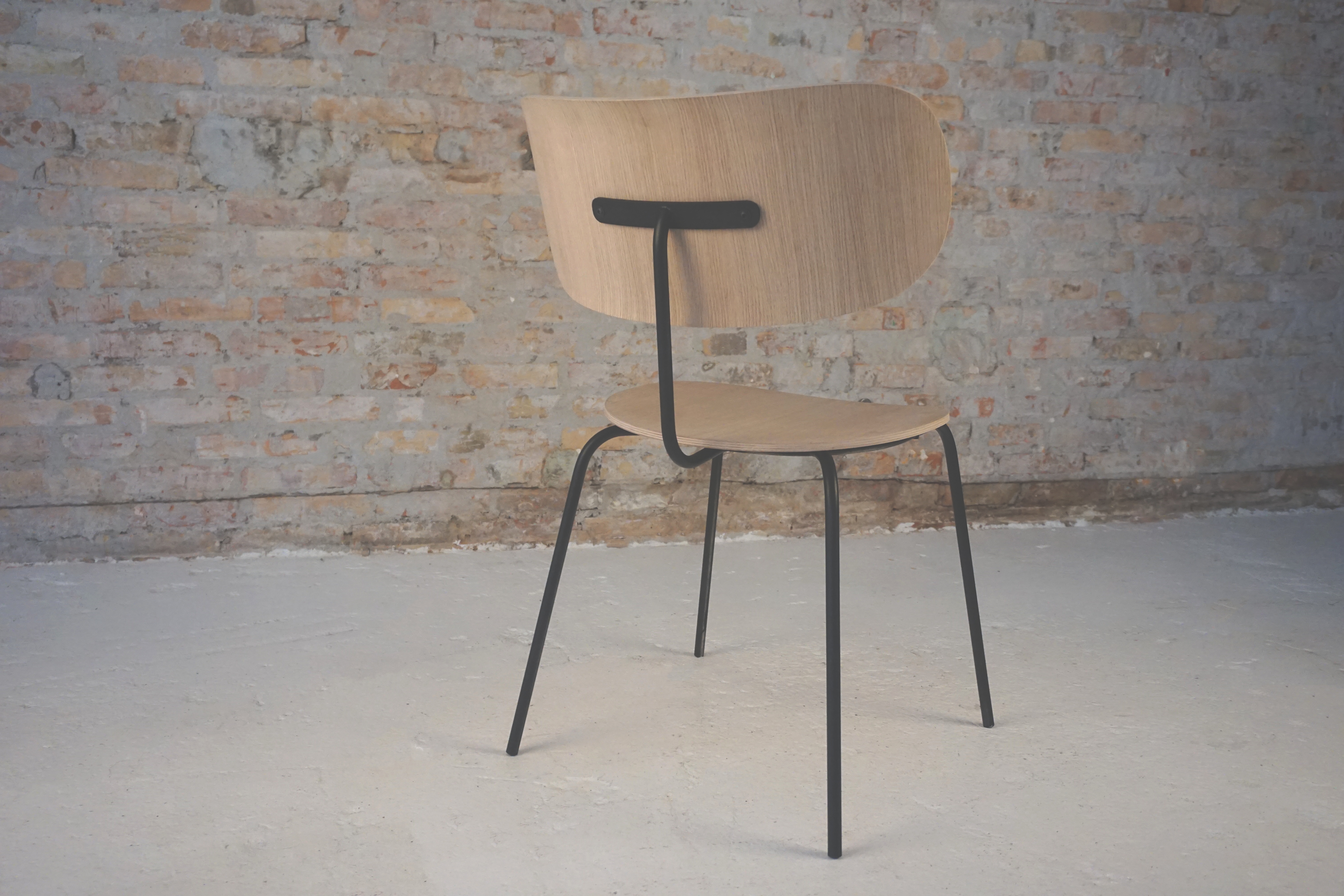 In the photo: Dining chair “Alternative” Credit: Wehlers
In the photo: Dining chair “Alternative” Credit: Wehlers
Q. When did you become B Corp and how was the process?
It was in January 2016. During my studies, I came across B Corp and I’ve been reading a lot of article about the other companies. I joined this cause with a bit skepticism. I initially thought if you want to do good, you cannot make money, so you have to create an NGO. It didn’t come to my mind how could you claim to be good if you’re just in it for the money. I actually changed my mind when I found out about the Triple Bottom Line and looking at B Corp as Triple Bottom Line makes it clear that if you don’t make any money, you cannot do any good. Because you don’t actually invent or influence anything.
I read an article that many consumers are actually really concerned about greenwashing. When a company claims that they are good, they are met with skepticism. A quite high number of the consumer say that they’re skeptical when reading about a company who claims to be sustainable. That is an issue that I want to address. If we want to launch a furniture company, we have to act on that skepticism. In this process, trying to understand how can we do that, I came across a B Corporation. I started to learn what is B Corp, how does that work, who can be a B Corp. I began to understand that B crop is a holistic view on how you operate your business which I actually lack. The fact is you don’t just look at the material or the way you treat your worker or community, you actually look at the whole collaboration. That’s actually a great benefit and we decide to aim for the B Corp certificate. Then the process of becoming a B Corp began. For us, it was a long process. It took us almost a year to complete that whole process because it was really comprehensive what we need to do. There were also some surveys, interviews, and questionnaire. Everything that we need to process and prove. It assessed how are we doing things in many different areas. But that process was also really good because we could lean against some best practices and it allowed us to identify some blind spots. For example, one thing that struck me was in B Corp you get points if you work with companies that are owned fully or partly by women and that was something that made me lift my eyebrow. That’s a part of the equal opportunity for women and men which is also part of the UN goals. Therefore, B Corp certification is really comprehensive.
We then completed our survey and we received a response. It’s also really transparent, how we can actually refer to the website and see how we perform in the different areas. Now it becomes an inspiration to improve for the next annual interview. We actually asked two months ago if we could have an early new review because we have implemented some new things and we would like to have a better score. The process is about understanding and trying to close the gap between the skepticism between consumer and how can we spot the blind spots so we can have a holistic look on how we conduct our business.
Q. How does being part of B Corp help you to solve the skepticism of the consumer?
One of the issues we have is that B Corp isn’t really recognized in Europe or Denmark. There are 8 B Corps in Denmark now. There is a local B Corp community in Denmark. The community to collaborate is actually there as well as the inspiration to help each other, but the scale is still small. So it’s a difficult question at this point in time, we can’t say how much it helps to erase the skepticism. At least it does prevent some skepticism when we talk to people, when we explain what we do and that we’re B Corp certified. And it seems that in that conversation with the furniture professionals, architect, and retailer, they acknowledge that what we say is really what we do. So when we communicate to our immediate stakeholders, they are positive about that.
But it is a different thing to communicate B Corp to our consumer. when we say we’re 100% sustainable or we’re 100% B Corp, I don’t think that our customer will understand that. So our focus in communicating to our stakeholders is the circular economy and the responsibility of cleaning our own act by controlling the items that we bring into the world. We are also incentivizing the suppliers to work toward the sustainability with us.
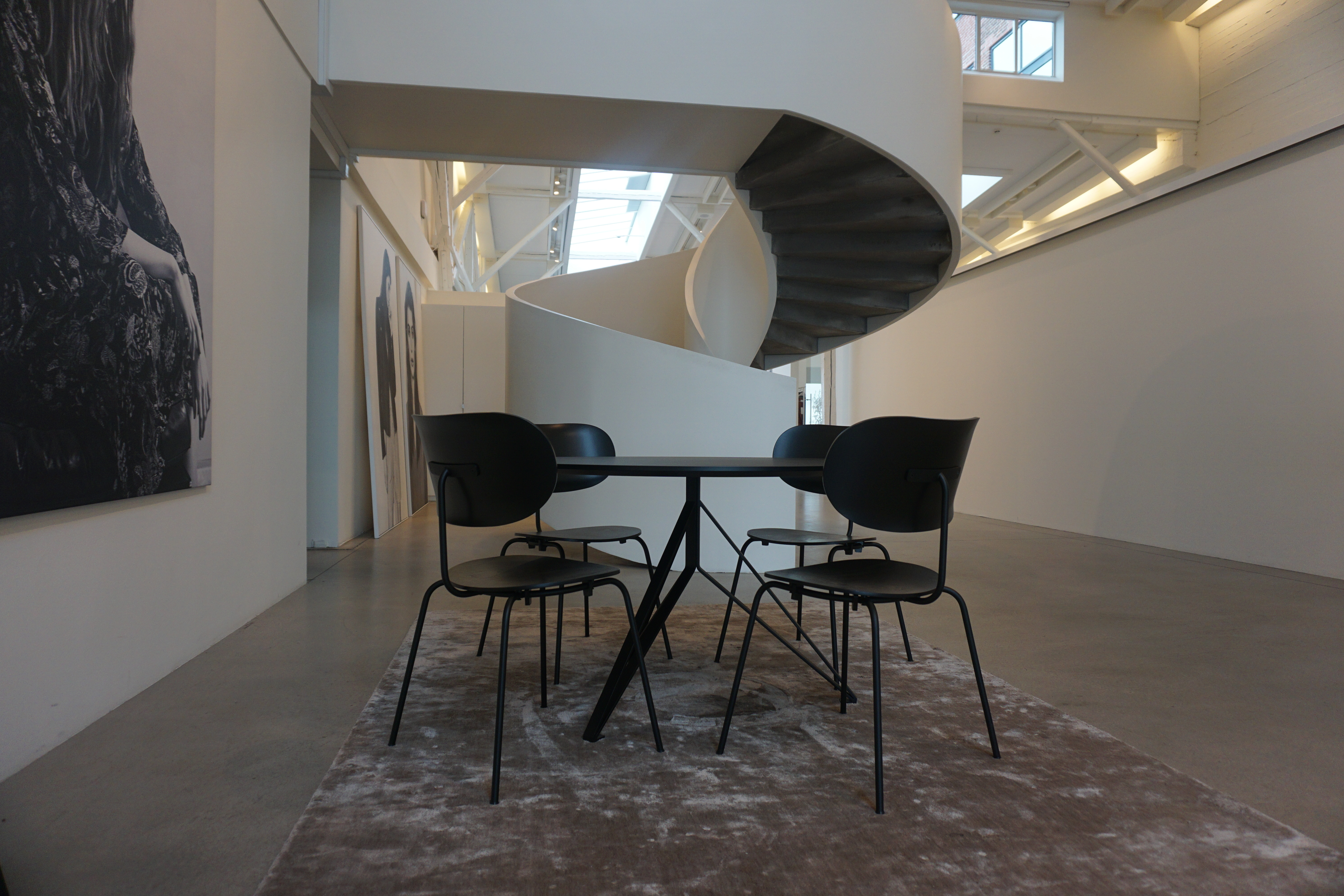 In the photo: Dining chair “Alternative” Credit: Wehlers
In the photo: Dining chair “Alternative” Credit: Wehlers
Q. How do you measure your internal and external impact?
The greatest measure that we have so far is B Corp and our score is easily accessible. However, the impact isn’t really measured as KPI. However, we’re also “1% For The Planet”. The resources that we use on woods are certified. That means that the woods we take, we will reinvest them back in order to preserve the resources. With 1% for The Planet, we plant back the trees that we take. For example, we take one tree but we give back two new trees to plant to re-establish the resources. However it’s a minor thing, it’s B Corp that is really important. We also can measure our impact by using our B Corp score and we want to improve it bi-annually. We are really excited to get the next one because I believe that we have made a quite substantial improvement.
We also do some works on the local community in our supply and network, we work with some local family-owned businesses and we tell them that their supply of materials should have the standard suggested by B Corp.
Q. How does UN SDG play into your business model?
When we look at our peers in the furniture industry, they all have one center of manufacture, either they manufacture it in Europe or in China and sell their product worldwide. That’s not what we anticipate. We focus on sustainability and we also aspire to go out and be present in China, USA, Australia, all over the world. But we’ll only do this step when we exceed a turnover of 5 million euro locally. We organize ourselves locally so that means when the US market grows to provide business for 5 million euro gross, then we’ll manufacture our recycled material locally there in the USA. It doesn’t make sense to send the materials across the Atlantic. There is also a unique opportunity for us to further differentiate and to keep our way of communicating to the client about being local and making sure we’re circular. That is a major difference from all the other businesses.
However, when we will be expanding our business and since we don’t have the manufacturing facilities ourselves, the biggest challenge will be finding and identify a supplier who understands our level of quality and actually buy the idea that what they produce and send out into the world, they need to them take back. So one step has been done, the development of furniture locally, it can be managed if there’s some financial investment. But this investment isn’t too big, it’s nothing compared to if you should go out and build your own factory and establish that. That would be an overwhelmingly big investment. This is why, I think, the established company are not more reluctant to adopt a more sustainable approach, because they only monitor and measure one pillar which is the profit and that’s our reaction to the way things are being run today.
When I look at the challenge that we face on being local and circular throughout the world, I’m completely confident that it is actually manageable. It would be great to start locally and work with new local people. When we work with the first or second generation of a family, we often meet the owners who are 68 years old. The flexibility, the joy and the friendship actually that you create by working with these people alone are really cool. Then shipping or sending orders and making sure that we can be proud of what we do is a great pleasure. When we do that we’ll actually closer to the models of sustainable development goals.
Q. What success and failure that you’ve had so far?
This question is interesting to reflect on especially since we’re new. For us, our success is about taking responsibility and do what the world talk about. There is a lot of talk and momentum on how we can we better. We hear politicians and consultants talking about how we can do this or that. The company should take responsibility whatever makes sense to them to be more sustainable. We actually established a well-organized business around that fact and I think this is the reality, this is within what the world is talking about and I consider it as a huge success.
When we talk to people; stakeholders, salespeople, and press. Now we see even, for example, the ordinary press is now interested in sustainability. They can see in the furniture industry, now we have something new.
Becoming the first B Corp in Danish furniture industry was also a success. You created internally a high sense of urgency, to get the other to also act. Now we have good colleagues in Denmark who are also B Corp.
Q.Does being the first B Corp in Denmark bring positive impact to the furniture industry?
That is actually our mission, to change the industry. In 5 or 7 years from now, my mission is to have a showroom on how to be sustainable in furniture. We want to build a venue where our colleague in the industry can come and ask us for advice on our way in managing our business. We always say that we’re here to change the industry. How to make a furniture for good. All we need is changing the industry and making furniture for good, making sure that everybody is actually working with the circular economy and taking responsibility on what they create. They have to make sure that they clean what they produce afterward and manage the use of resources that are being overused. For example, since mid-August, we don’t have enough resources for continuing the production. Soo as simple fact like that creates the urgency that we need to change the way we do the thing. if we as an industry do not do the necessary action, there will be rule and regulation coming from politician only when they realize how severe the problems are. Therefore, I hope I could influence the whole industry. Visit https://www.homeaccents2.com/entertainment-occasional-tables/ to see a variety of furniture for your home.
Sustainability makes sense for me as a person, as a father, citizen of the world and make it a real sense of business. On top of that, it is great to be a part of the solution.



